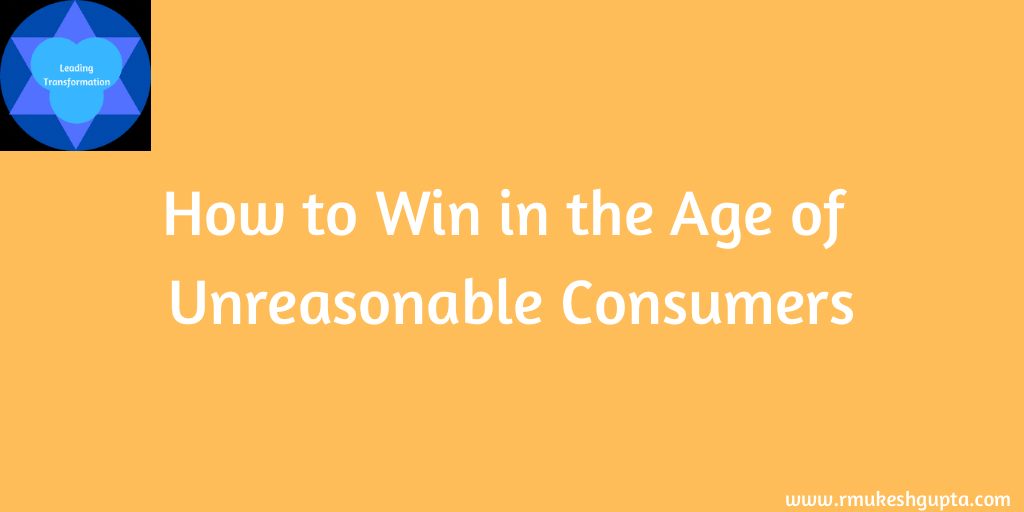I have noticed that all large organizations that fail, have one thing in common: They fail because they are not able to change how they run their business fast enough with the changing business environment.
Until last century, the change in the environment was slow and took a long time to take root – so, organizations had the crucial element of time on their side and could re-invent themselves to stay relevant or die a long & painful death.
The convergence of internet, mobile, and a change in the demographic of the consumer has meant that organizations today don’t have the luxury of time on their side.
In order to stay relevant, they need to learn to build velocity in all aspects of their business.
Build Velocity in developing new products or rethinking (or killing) products that are not being adopted; Velocity in their communications (both internal and external); Velocity in their sales and marketing process.
And most importantly, they need to build velocity in their ability to make & implement decisions.
Gone are the days when organizations could afford to let information flow from bottom to the top management and then wait for the top management to take decisions, which are then cascaded down to the execution layer of the organization.
Today, organizations need to be built or designed for velocity. Traditional structures will need to be re-invented and new organizational structures thought of.
Traditional pyramid structures need to be replaced with newer organizational structures. One such structure that i proposed in an blog post earlier is that of a concentric circles with the customer being at the center of the organization.
When you combine this new organization model and add the concept of “Commander’s Intent”, you get the foundations of a high velocity organization.
Commanders Intent is a single page document that is created in the military that lays down the primary intent of the military exercise so that even if there is one soldier standing, he knows what is expected out of him. The commander’s intent is the vision that the leader has for the organization and its journey in time.
When you have an empowered front line staff, energetic and supportive middle managers and a leader with a clear vision, you lay down the foundations for a high velocity organization.
I know that this is not easy to implement, but for some organizations, which are on the brink of extinction, this could be their last strike. For example, large brick and mortar retailers who are currently facing challenges of slowing business spurred by growing online commerce, could use this model to bring life back in their stores. The key is that, all the three components need to be there for this strategy to work – Commanders Intent, Empowered, Engaged & Involved front-line staff, supportive management structure.
Organizations that are able to put this in practice can build sustainable competitive advantage as they will not only respond to their changing environment much faster than their competitors and at the same time continue to move towards their vision. Also, the people who are responding to the changing environment are the people who actually understand this first hand and can also figure out what could be done to counter these changes in the business environment.
These are my thoughts. What do you think? How easy or difficult do you think implementing this new organization design is and if this will indeed provide velocity in decision-making?




